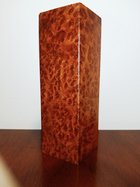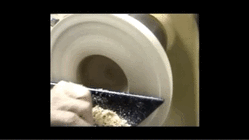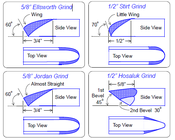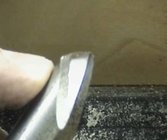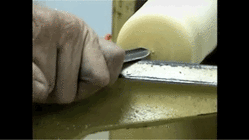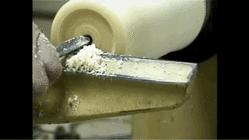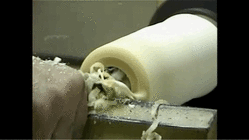odie
TOTW Team
- Joined
- Dec 22, 2006
- Messages
- 7,118
- Likes
- 9,859
I realize, of course, that everyone has their own techniques and processes.....but, what tools work best for you when a lot of wood needs to be removed? (example: bowl interiors)
If they are good and sharp, I see little difference between a gouge, and a scraper for this objective.....there is no clear cut winner here!
Something that may speed this up for others, is more horsepower.....I am using a 1 1/2 hp motor. Since removing wood in bulk is less than 1/10th of the total time at the lathe, I've always felt the motor I have is perfectly sufficient. There is no other time when lack of horsepower is considered a disadvantage, than speeding up the bulk wood removal process. (Those who do coring, may have other thoughts on this, though.)
Another advantage is physical strength.....and keeping the tool perfectly steady through the cut is a great benefit. This only plays a minor part, because it doesn't take up much of your time to restart the cut.
I'm curious what others will contribute to this thread.....
-o-
If they are good and sharp, I see little difference between a gouge, and a scraper for this objective.....there is no clear cut winner here!
Something that may speed this up for others, is more horsepower.....I am using a 1 1/2 hp motor. Since removing wood in bulk is less than 1/10th of the total time at the lathe, I've always felt the motor I have is perfectly sufficient. There is no other time when lack of horsepower is considered a disadvantage, than speeding up the bulk wood removal process. (Those who do coring, may have other thoughts on this, though.)
Another advantage is physical strength.....and keeping the tool perfectly steady through the cut is a great benefit. This only plays a minor part, because it doesn't take up much of your time to restart the cut.
I'm curious what others will contribute to this thread.....
-o-

